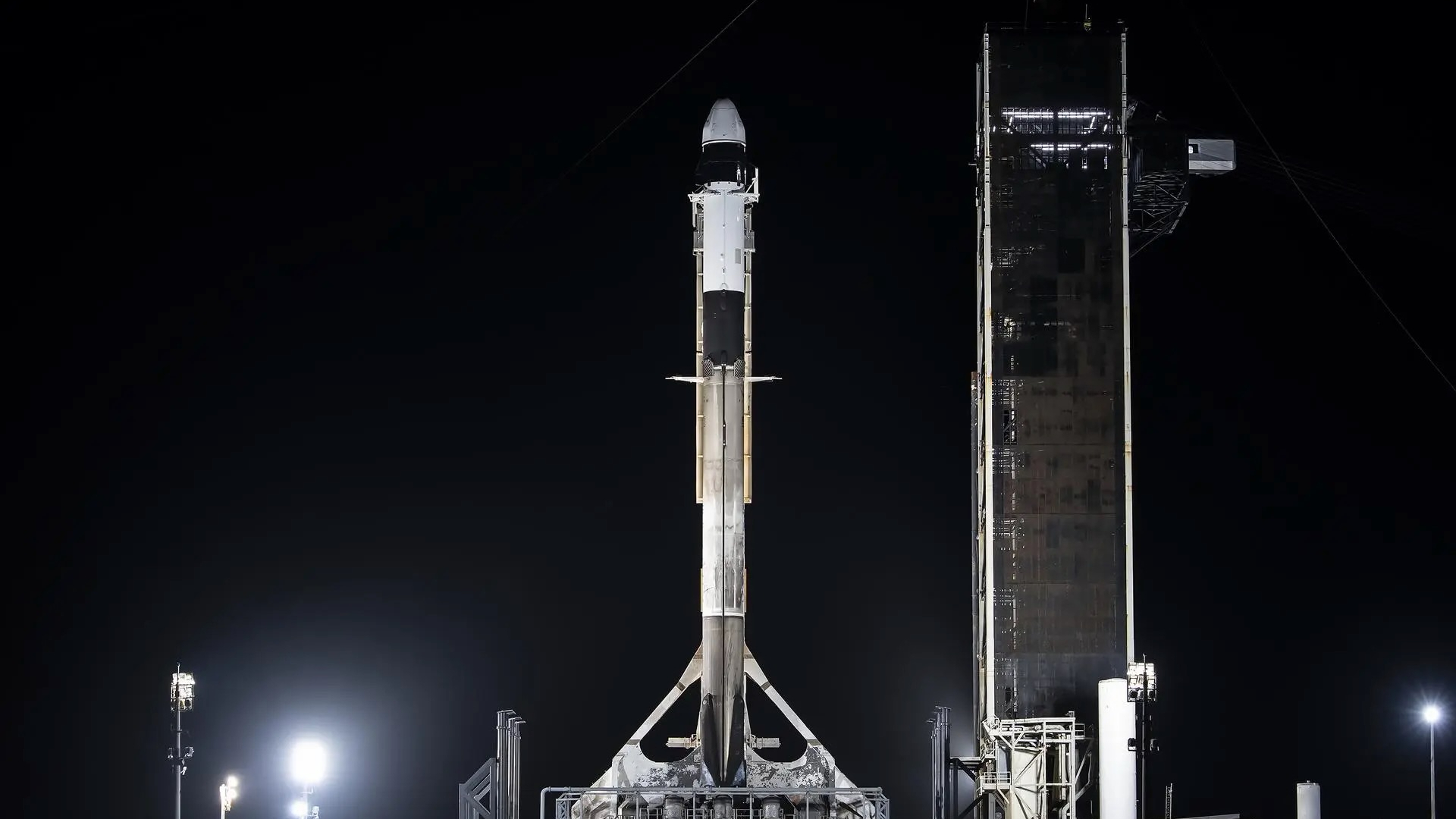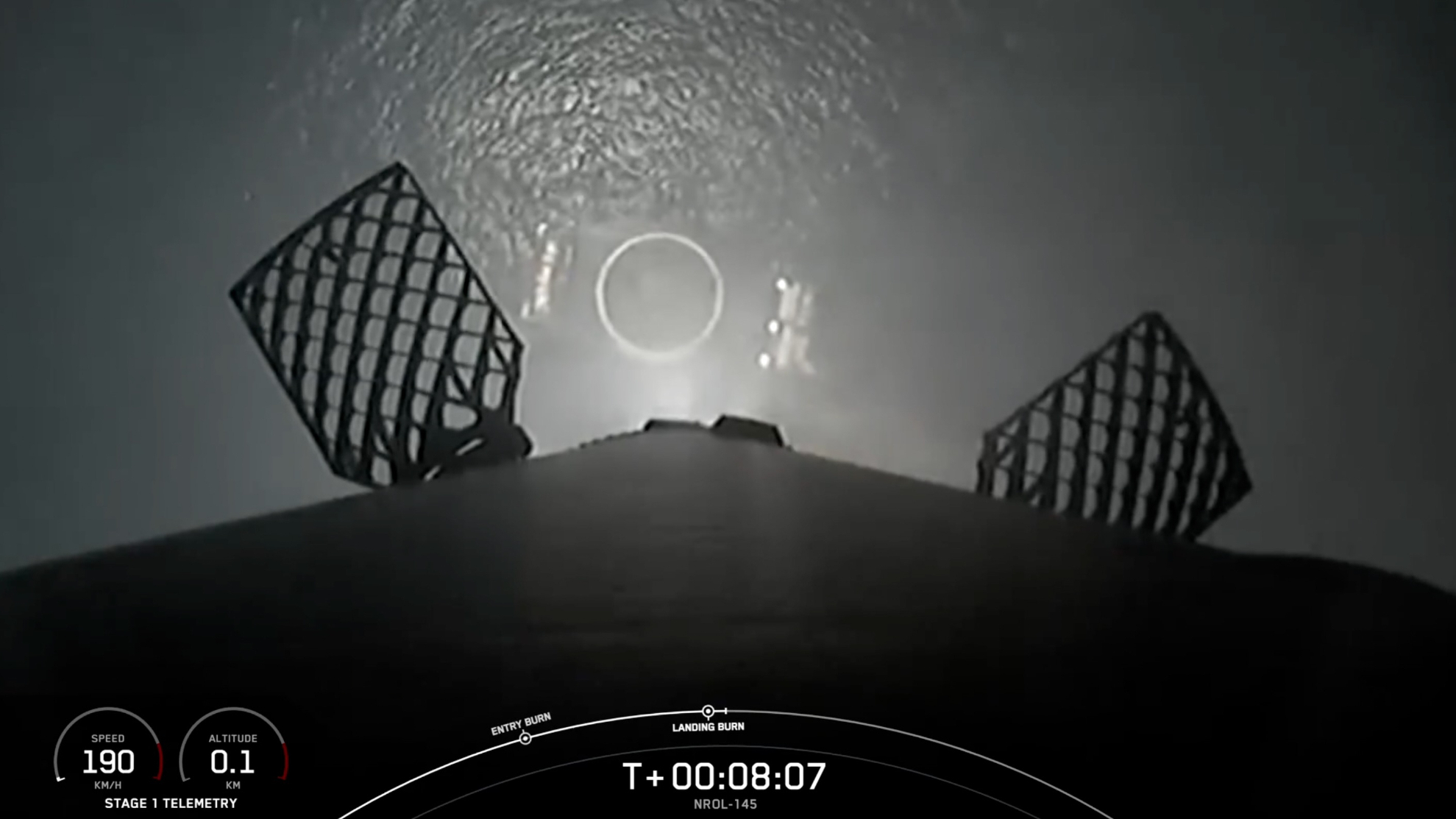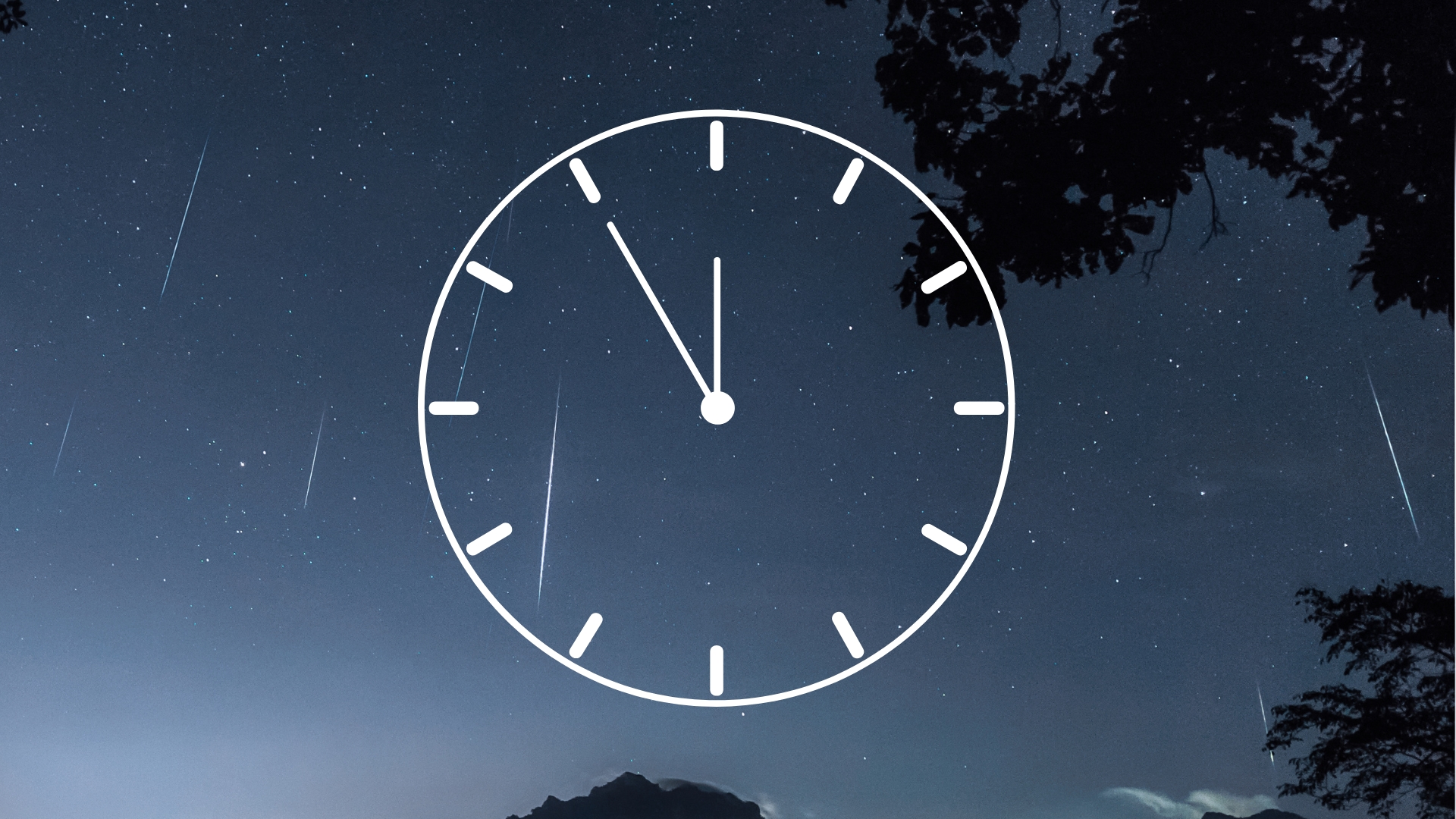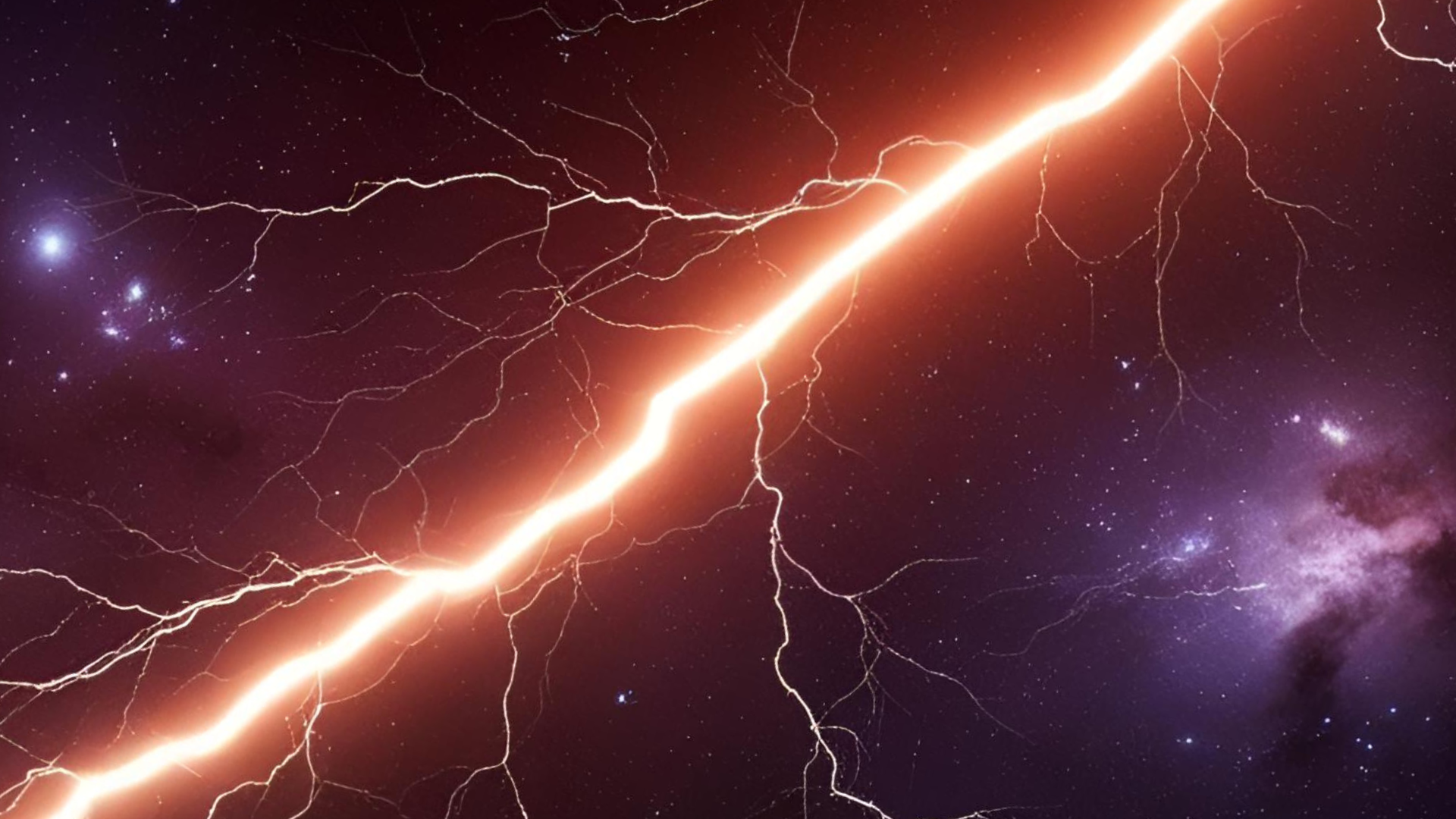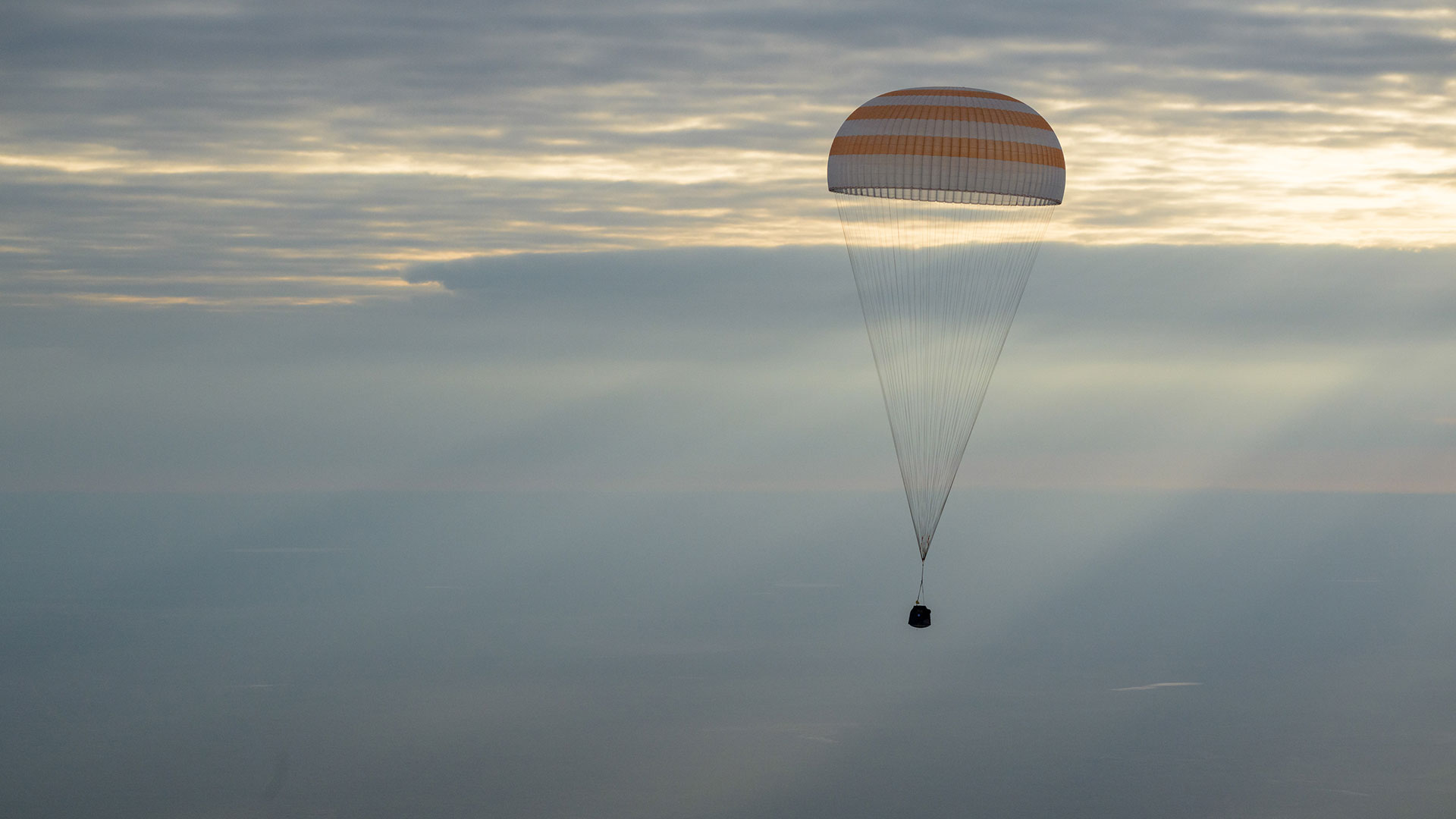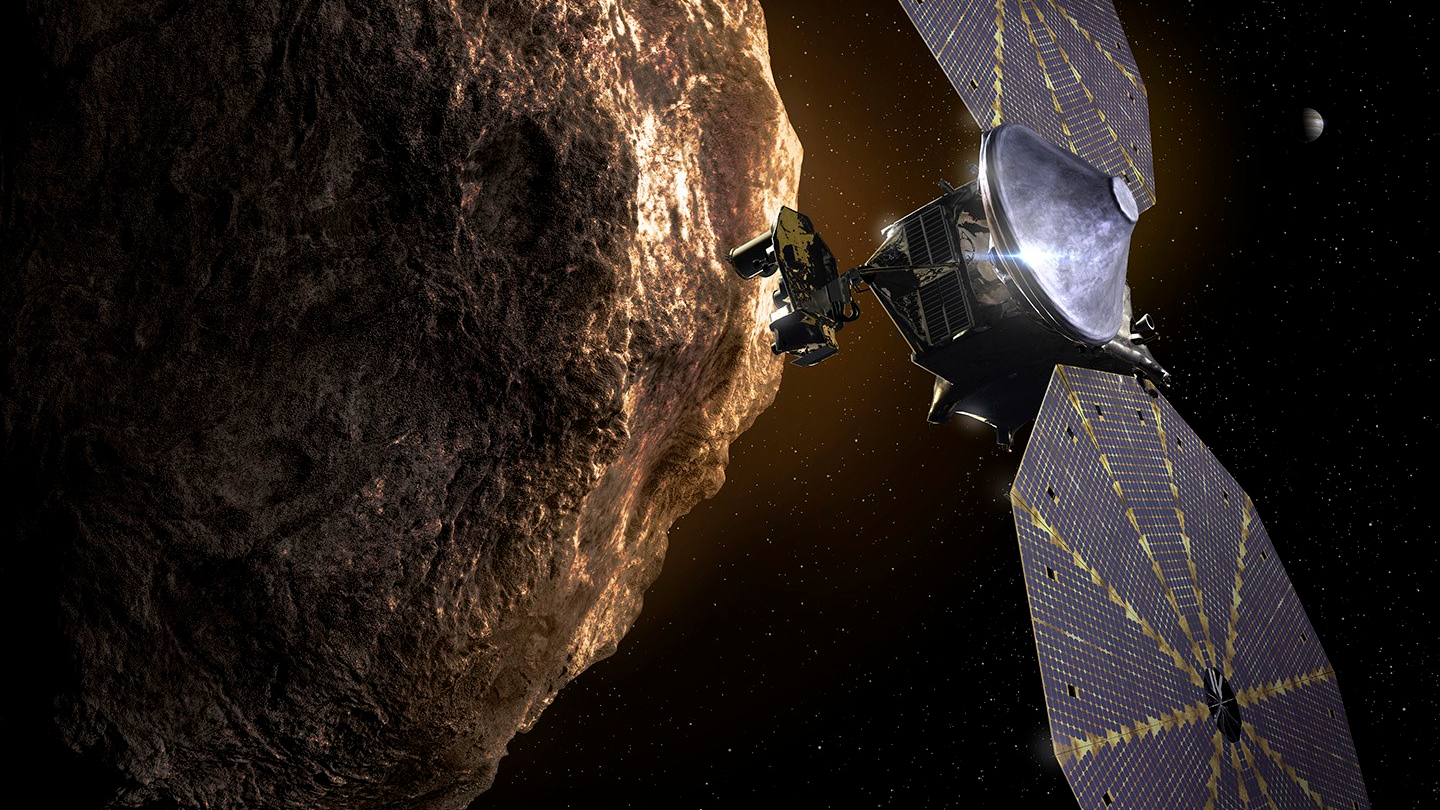NASA and Forest Service offer seedlings to grow Artemis 'moon trees'
Education and community organizations have until Oct. 6 to apply.
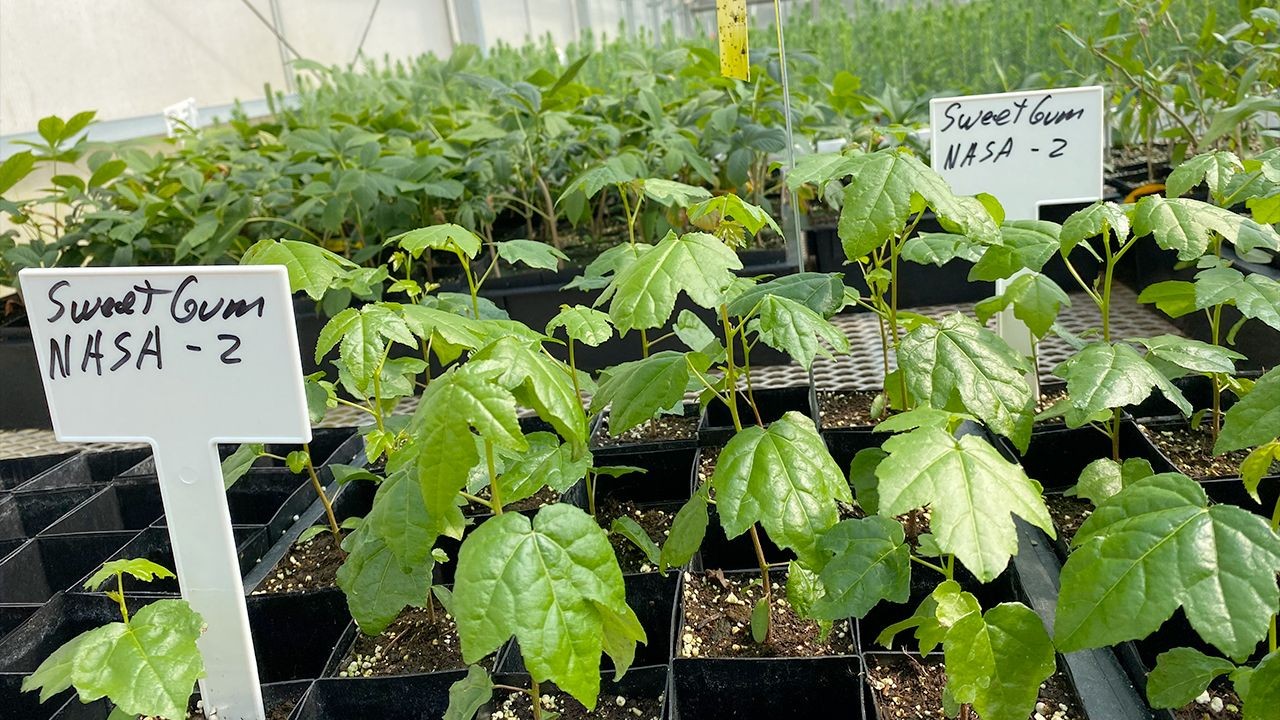
NASA is seeking education and community organizations to help grow a practical forest of trees with a unique pedigree — the moon.
Inspired by an Apollo program astronaut's initiative, the space agency and U.S. Department of Agriculture's (USDA) Forest Service are looking to plant seedlings that were grown from seeds flown around the moon on NASA's Artemis 1 mission in 2022.
More than 1,000 seeds of five different species of tree were flown as part of the official flight kit on the 26-day uncrewed test flight. The Artemis program has the goal of establishing a sustainable means of returning astronauts to the moon in preparation for sending humans to Mars.
"Last year, these seeds flew on the Artemis I mission 40,000 miles [64,375 km] beyond the moon. With the help of the USDA, this new generation of 'moon trees' will plant the spirit of exploration across our communities and inspire the next generation of explorers." said Bill Nelson, NASA's Administrator, in a statement. "NASA's Artemis moon trees are bringing the science and ingenuity of space exploration back down to Earth."
In 1971, Apollo 14 command module pilot Stuart Roosa, a former Forest Service smoke jumper, carried hundreds of tree seeds as a part of his personal preference kit. Following the moon mission's return to Earth, the Forest Service germinated the seeds. The Apollo moon tree seedlings were planted around the country, many as part of the U.S. bicentennial celebration in 1976.
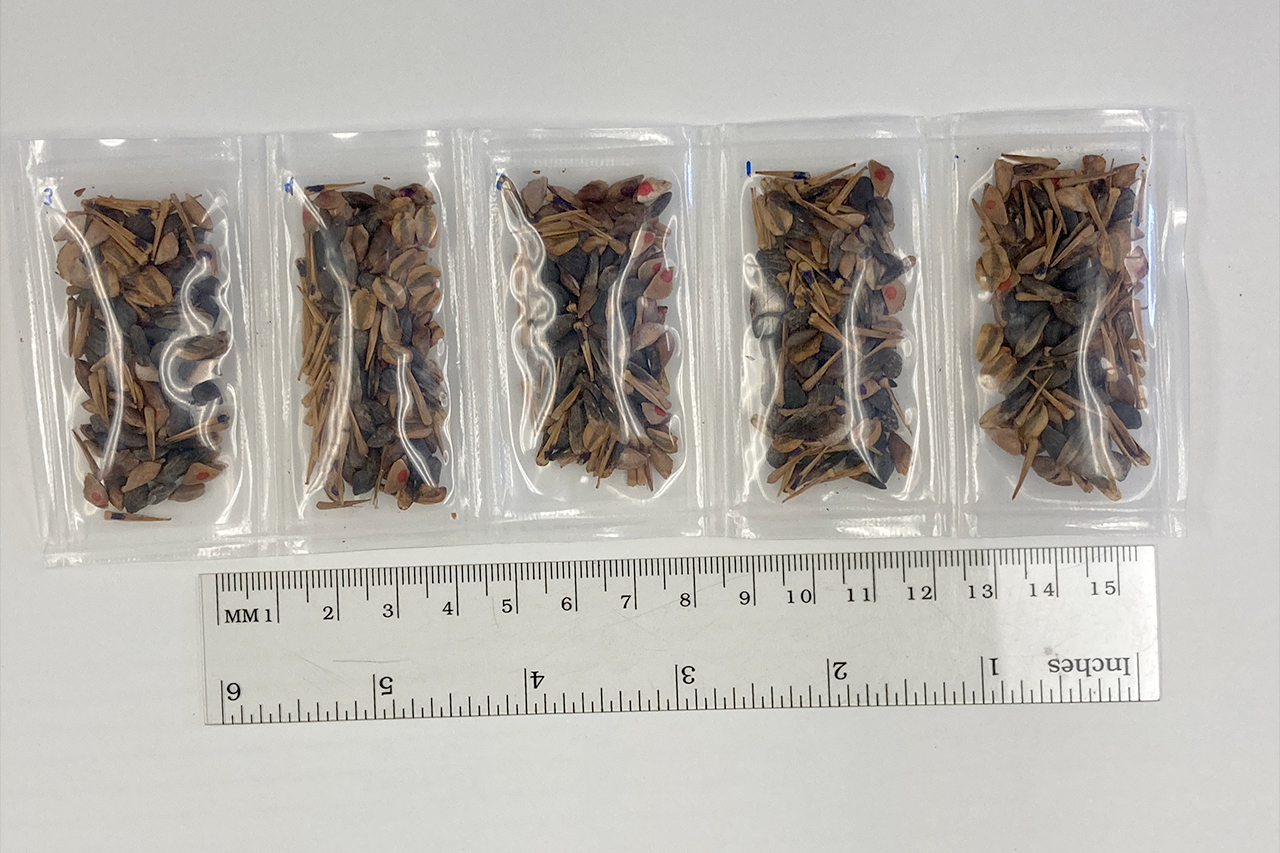
Now, it is NASA's hope that a new generation of moon trees will take root and carry on the legacy of inspiration launched more than 50 years ago. The seeds that journeyed 270,000 miles [435,000 km] from Earth on the Artemis I Orion spacecraft included sycamores, sweetgums, Douglas-firs, loblolly pines and giant sequoias. Through the care of the Forest Service, the seeds were germinated and grown into seedlings in preparation for their new roles as Artemis moon trees.
"The seeds that flew on the Artemis mission will soon be moon trees standing proudly on campuses and institutions across the country," said Randy Moore, Forest Service chief. "These future moon trees, like those that came before them, serve as a potent symbol that when we put our mind to a task, there is nothing we can't accomplish. They will inspire future generations of scientists, whose research underpins all that we do here at the Forest Service."
Schools, libraries, museums and others engaging with students or the public are encouraged to apply for a moon tree seedling through NASA's Artifact Module. Eligible institutions include formal and informal K-12-serving organizations, universities, community organizations, science centers and government agencies.
The application period closes on Oct. 6.
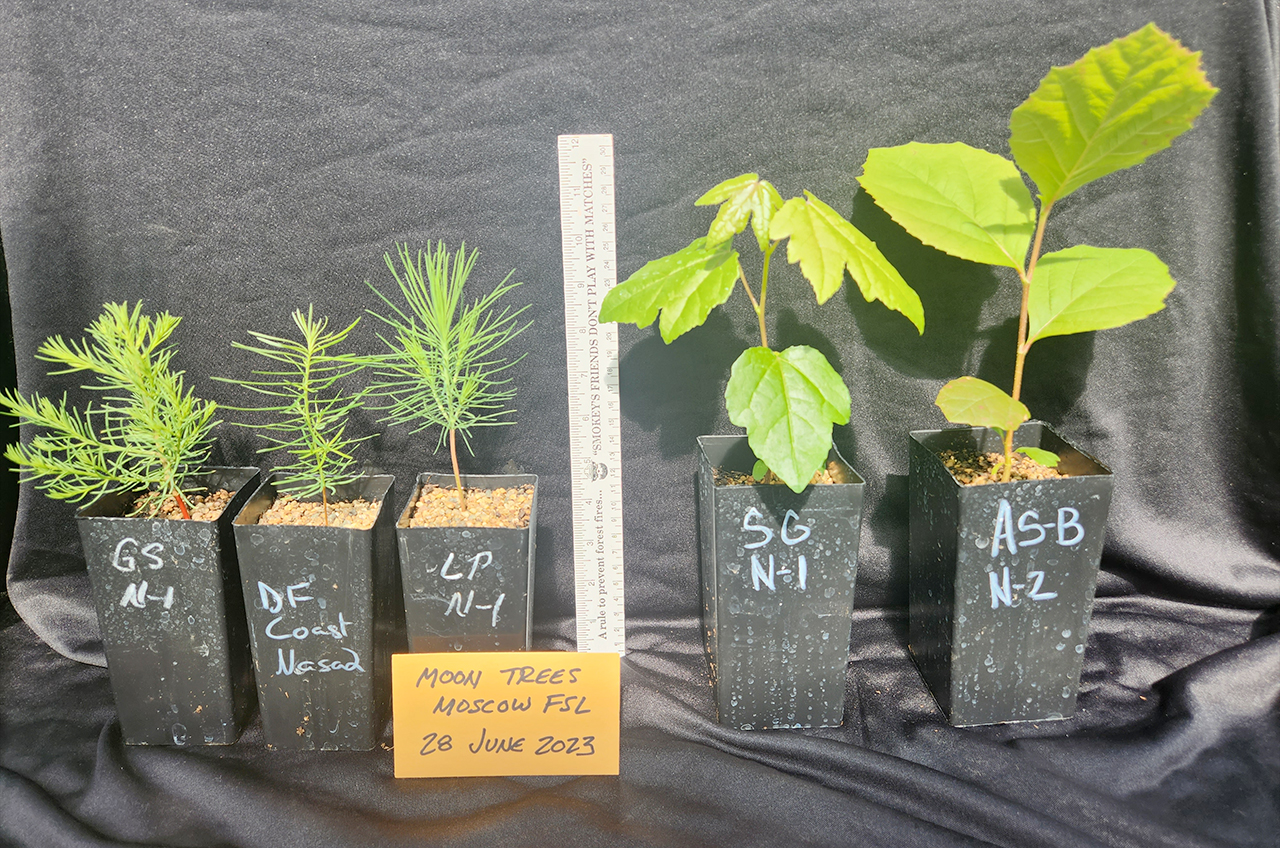
NASA and the Forest Service will review submitted applications to determine the viability to successfully host a seedling; the Forest Service will identify the seedling species for selected recipients based on geographical region in the contiguous United States. NASA is working with the Forest Service to identify timelines for seedling distribution in 2023 and 2024.
By planting the Artemis moon trees, NASA is creating new ways for communities around the country to connect with humanity's exploration of space.
Follow collectSPACE.com on Facebook and on Twitter at @collectSPACE. Copyright 2023 collectSPACE.com. All rights reserved.
Get the Space.com Newsletter
Breaking space news, the latest updates on rocket launches, skywatching events and more!
Join our Space Forums to keep talking space on the latest missions, night sky and more! And if you have a news tip, correction or comment, let us know at: community@space.com.

Robert Pearlman is a space historian, journalist and the founder and editor of collectSPACE.com, a daily news publication and community devoted to space history with a particular focus on how and where space exploration intersects with pop culture. Pearlman is also a contributing writer for Space.com and co-author of "Space Stations: The Art, Science, and Reality of Working in Space” published by Smithsonian Books in 2018.In 2009, he was inducted into the U.S. Space Camp Hall of Fame in Huntsville, Alabama. In 2021, he was honored by the American Astronautical Society with the Ordway Award for Sustained Excellence in Spaceflight History. In 2023, the National Space Club Florida Committee recognized Pearlman with the Kolcum News and Communications Award for excellence in telling the space story along the Space Coast and throughout the world.

